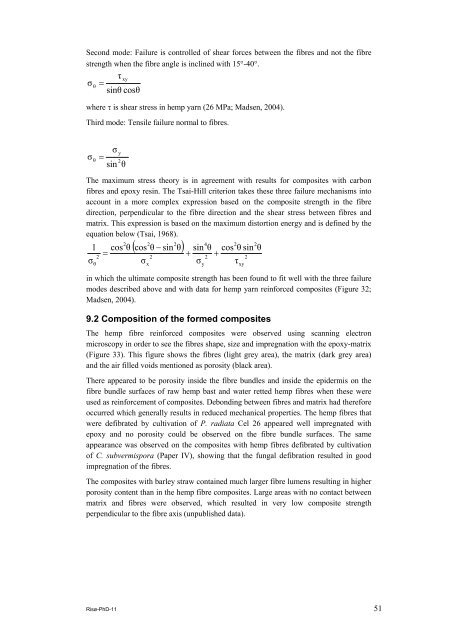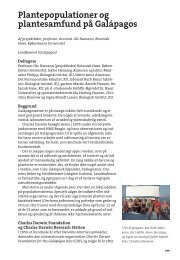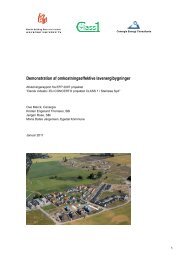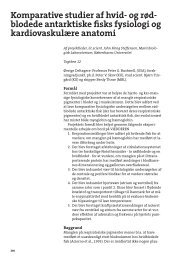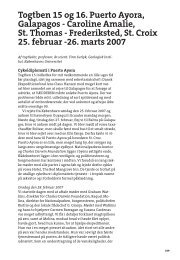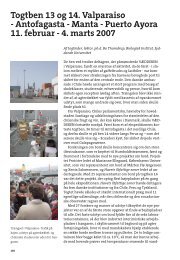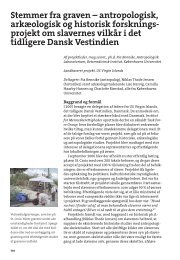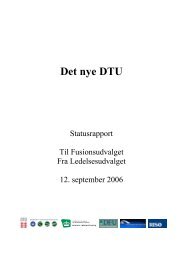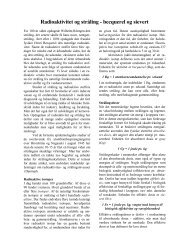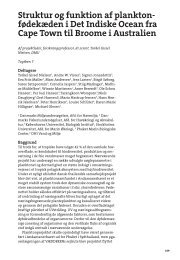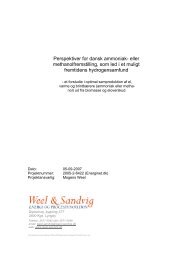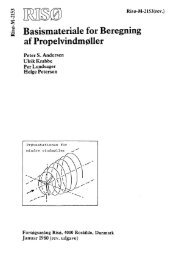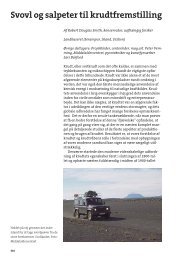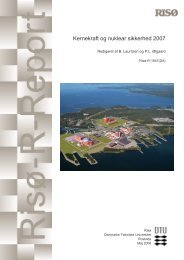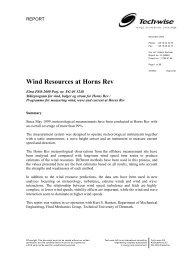Properties of hemp fibre polymer composites -An optimisation of ...
Properties of hemp fibre polymer composites -An optimisation of ...
Properties of hemp fibre polymer composites -An optimisation of ...
You also want an ePaper? Increase the reach of your titles
YUMPU automatically turns print PDFs into web optimized ePapers that Google loves.
Second mode: Failure is controlled <strong>of</strong> shear forces between the <strong>fibre</strong>s and not the <strong>fibre</strong><br />
strength when the <strong>fibre</strong> angle is inclined with 15°-40°.<br />
τ<br />
σ θ =<br />
xy<br />
sinθ cosθ<br />
where τ is shear stress in <strong>hemp</strong> yarn (26 MPa; Madsen, 2004).<br />
Third mode: Tensile failure normal to <strong>fibre</strong>s.<br />
σ<br />
θ =<br />
sin<br />
y<br />
σ 2<br />
θ<br />
The maximum stress theory is in agreement with results for <strong>composites</strong> with carbon<br />
<strong>fibre</strong>s and epoxy resin. The Tsai-Hill criterion takes these three failure mechanisms into<br />
account in a more complex expression based on the composite strength in the <strong>fibre</strong><br />
direction, perpendicular to the <strong>fibre</strong> direction and the shear stress between <strong>fibre</strong>s and<br />
matrix. This expression is based on the maximum distortion energy and is defined by the<br />
equation below (Tsai, 1968).<br />
2 2 2<br />
4<br />
2 2<br />
1 cos θ ( cos θ − sin θ)<br />
sin θ cos θ sin θ<br />
=<br />
+ +<br />
2<br />
2<br />
2<br />
2<br />
σ<br />
σ<br />
σ τ<br />
θ<br />
x<br />
y<br />
in which the ultimate composite strength has been found to fit well with the three failure<br />
modes described above and with data for <strong>hemp</strong> yarn reinforced <strong>composites</strong> (Figure 32;<br />
Madsen, 2004).<br />
9.2 Composition <strong>of</strong> the formed <strong>composites</strong><br />
The <strong>hemp</strong> <strong>fibre</strong> reinforced <strong>composites</strong> were observed using scanning electron<br />
microscopy in order to see the <strong>fibre</strong>s shape, size and impregnation with the epoxy-matrix<br />
(Figure 33). This figure shows the <strong>fibre</strong>s (light grey area), the matrix (dark grey area)<br />
and the air filled voids mentioned as porosity (black area).<br />
There appeared to be porosity inside the <strong>fibre</strong> bundles and inside the epidermis on the<br />
<strong>fibre</strong> bundle surfaces <strong>of</strong> raw <strong>hemp</strong> bast and water retted <strong>hemp</strong> <strong>fibre</strong>s when these were<br />
used as reinforcement <strong>of</strong> <strong>composites</strong>. Debonding between <strong>fibre</strong>s and matrix had therefore<br />
occurred which generally results in reduced mechanical properties. The <strong>hemp</strong> <strong>fibre</strong>s that<br />
were defibrated by cultivation <strong>of</strong> P. radiata Cel 26 appeared well impregnated with<br />
epoxy and no porosity could be observed on the <strong>fibre</strong> bundle surfaces. The same<br />
appearance was observed on the <strong>composites</strong> with <strong>hemp</strong> <strong>fibre</strong>s defibrated by cultivation<br />
<strong>of</strong> C. subvermispora (Paper IV), showing that the fungal defibration resulted in good<br />
impregnation <strong>of</strong> the <strong>fibre</strong>s.<br />
The <strong>composites</strong> with barley straw contained much larger <strong>fibre</strong> lumens resulting in higher<br />
porosity content than in the <strong>hemp</strong> <strong>fibre</strong> <strong>composites</strong>. Large areas with no contact between<br />
matrix and <strong>fibre</strong>s were observed, which resulted in very low composite strength<br />
perpendicular to the <strong>fibre</strong> axis (unpublished data).<br />
Risø-PhD-11 51<br />
xy


